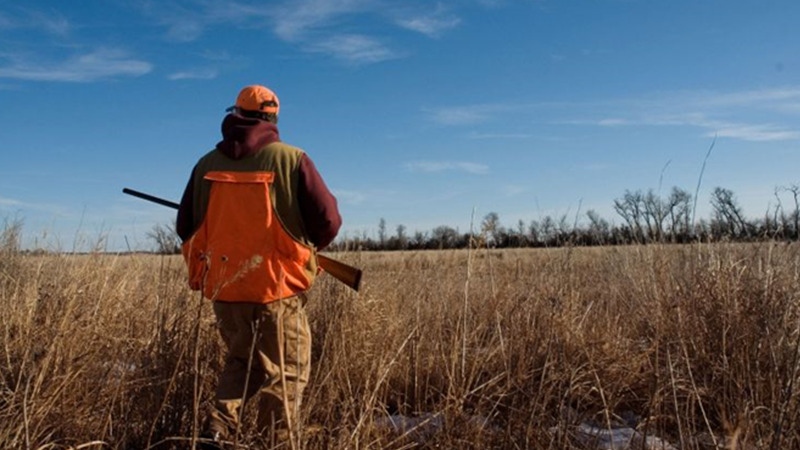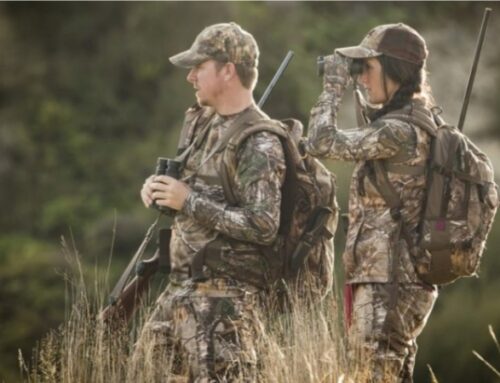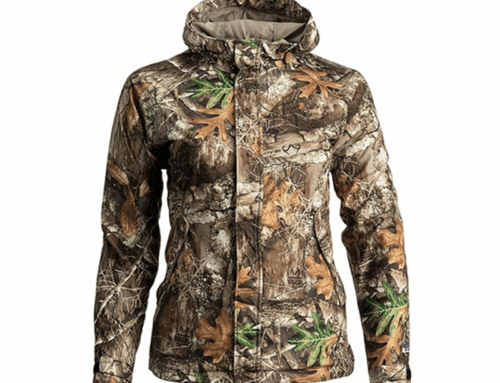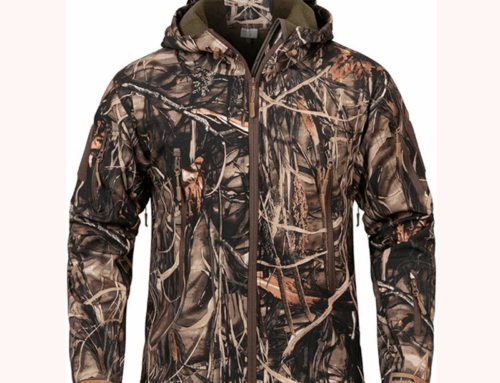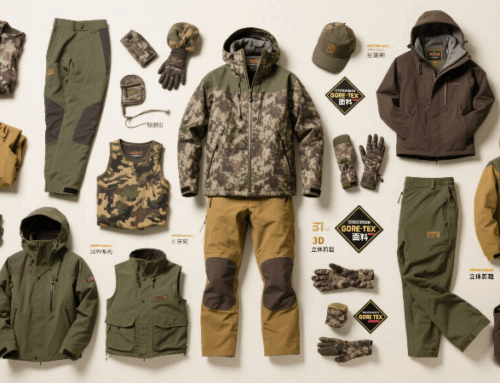Hunting vests are essential hunting gear for hunters, offering functionality, safety, and comfort in diverse outdoor conditions. Whether you’re pursuing big game, waterfowl, or upland birds, a well-designed hunting vest enhances mobility, provides storage for hunting wear, and ensures visibility in the field. With prices ranging from budget-friendly options to premium models, understanding the cost of hunting vests and the factors influencing their price is crucial for making an informed purchase. This comprehensive guide explores the cost of hunting vests, their types, specifications, features, and recent market trends, providing valuable insights to help you select the best vest for your hunting needs. Backed by data from sources like Field & Stream, Sitka Gear, and market reports from Grand View Research and Technavio, this article aims to attract clicks and engage readers with actionable information.
1. What Are Hunting Vests?
Hunting vests are specialized garments designed to meet the demands of hunting activities. Unlike casual vests, they feature durable materials, camouflage or high-visibility patterns, multiple pockets for gear, and weather-resistant properties. Hunting vests are tailored for specific pursuits, such as deer hunting, turkey hunting, or upland game, and are built to withstand rugged environments like forests, wetlands, and mountains. According to a 2024 Technavio report, the hunting apparel market, including vests, is expected to grow by USD 237.51 million from 2023 to 2027 at a CAGR of 3.32%, driven by rising outdoor recreational activities and product innovation.
Types of Hunting Vests
Hunting vests come in various styles, each suited to specific hunting conditions and budgets. Below is an overview of common types, based on insights from Cabela’s and KUIU:
- Safety Vests: High-visibility blaze orange vests for compliance with hunting regulations. Example: Gamehide Blaze Orange Vest ($20–$40).
- Upland Vests: Lightweight, breathable vests with large game pouches for bird hunting. Example: Orvis PRO Upland Vest ($149).
- Big Game Vests: Durable vests with camouflage patterns for deer or elk hunting. Example: Sitka Stratus Vest ($229).
- Waterfowl Vests: Water-resistant vests with insulation for wetland hunting. Example: Drake Waterfowl MST Vest ($100–$130).
- Tactical Vests: Modular vests with MOLLE webbing for customizable gear attachment. Example: 5.11 Tactical Vest ($90–$120).
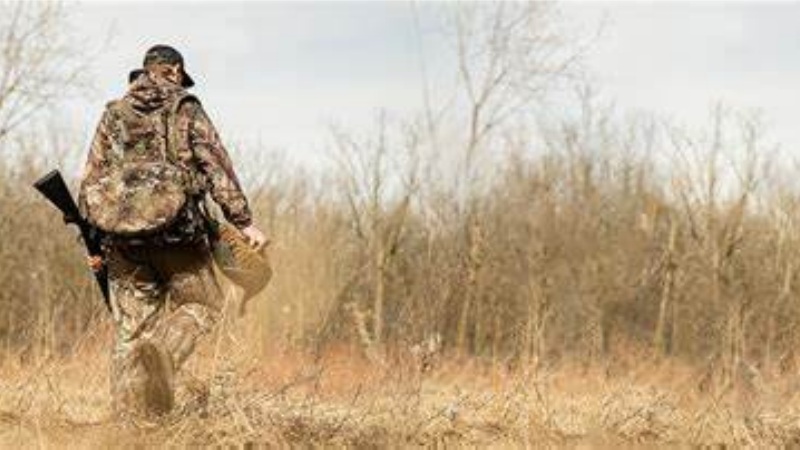
2. Factors Affecting the Cost of Hunting Vests
The cost of hunting vests varies from $15 for basic models to over $250 for premium options. Several factors influence pricing, as outlined below based on data from GearJunkie and Western Hunter.
2.1 Material Quality
High-end vests use advanced fabrics like Gore-Tex, nylon, or fleece, increasing costs due to durability, breathability, and weather resistance. For example:
- Budget Vests ($15–$50): Made from polyester or cotton blends. Example: Allen Company Blaze Orange Vest ($15).
- Mid-Range Vests ($50–$150): Use nylon/polyester blends with DWR (Durable Water Repellent) coatings. Example: Browning Upland Vest ($80–$100).
- Premium Vests ($150–$250+): Feature Gore-Tex, Polygiene scent control, or merino wool linings. Example: Sitka Kelvin Lite Down Vest ($249).
2.2 Brand Reputation
Top brands like Sitka, KUIU, and First Lite charge premiums for their innovative designs and rigorous testing. A 2024 Field & Stream review noted that Sitka’s Stratus Vest ($229) offers twice the lifespan of budget alternatives, justifying its cost. Budget brands like Allen Company provide quality at lower prices ($15–$50) but lack advanced features.
2.3 Features and Technology
Specialized features enhance performance but increase costs:
- Camouflage Patterns: Patterns like Mossy Oak or Realtree add $10–$30 due to licensing.
- Waterproofing: Gore-Tex or DWR coatings add $30–$80.
- Pockets: Multiple, reinforced pockets (e.g., game pouches, shell loops) add $10–$20.
- Scent Control: Polygiene or carbon-based technologies add $20–$50.
- Safety Features: Blaze orange panels or reflective strips add $5–$15.
2.4 Durability and Longevity
Premium vests withstand thorns, rain, and heavy use, reducing replacement costs. A 2023 GearJunkie review found that First Lite’s Catalyst Vest ($180) showed no wear after five seasons, compared to budget vests tearing within 1–2 years.
2.5 Customization and Fit
Vests with adjustable straps or tailored fits cost more. KUIU’s Pro Bino Harness Vest ($99) offers modular sizing, adding $10–$20 to costs for precise fit options.
2.6 Market Trends
The hunting apparel market is shifting toward sustainability and multifunctionality. A 2025 Business Research Insights report highlighted a 5–10% price increase for eco-friendly fabrics like recycled polyester. Vests that double as casual or hiking gear, like Eberlestock Recon Vest ($129), are pricier due to versatile design.
3. Price Ranges of Hunting Vests
Based on market analysis from Cabela’s, Sitka Gear, and Orvis, here’s a breakdown of hunting vests’ price ranges and what to expect at each level.
Budget Hunting Vests ($15–$50)
- Examples: Allen Company Blaze Orange Vest ($15), Gamehide Upland Vest ($40–$50).
- Features: Basic blaze orange or camouflage, 2–4 pockets, polyester or cotton blends, minimal water resistance.
- Pros: Affordable, meets safety regulations, suitable for beginners.
- Cons: Limited durability (1–2 years), noisy fabrics, poor weather resistance.
- Best For: Casual hunters, small game hunting, or warm weather.
- Data: A 2024 Outdoor Industry Association report noted that 35% of hunters choose budget vests, contributing to $630 million in annual hunting apparel sales.
Mid-Range Hunting Vests ($50–$150)
- Examples: Browning Upland Vest ($80–$100), Drake Waterfowl MST Vest ($100–$130), Orvis PRO Upland Vest ($149).
- Features: Nylon/polyester blends, DWR coatings, 4–6 pockets, moderate durability (3–5 years), some scent control.
- Pros: Balanced cost and performance, versatile for multiple seasons.
- Cons: May lack advanced insulation or full waterproofing.
- Best For: Upland bird hunting, early-season big game, or moderate climates.
- Data: Mid-range vests account for 50% of the hunting apparel market, with sales projected to reach $1.86 billion in 2024.
Premium Hunting Vests ($150–$250+)
- Examples: Sitka Stratus Vest ($229), First Lite Catalyst Vest ($180), KUIU Pro Bino Harness Vest ($99–$150).
- Features: Gore-Tex or DWR, scent control, 6–8 pockets, high durability (5–10+ years), adjustable fit.
- Pros: Exceptional durability, weather resistance, and comfort.
- Cons: High upfront cost, may be overkill for casual hunters.
- Best For: Backcountry hunting, extreme weather, or professional guides.
- Data: Premium vests represent 15% of sales but drive innovation, with the market expected to reach $2.69 billion by 2033.
Comparison Table:
|
Price Range |
Examples | Materials | Durability (Years) | Key Features | Best For |
| Budget ($15–$50) | Allen Blaze, Gamehide Upland | Polyester, Cotton | 1–2 | Blaze orange, basic pockets | Casual, small game |
| Mid-Range ($50–$150) | Browning Upland, Drake MST | Nylon/Polyester, DWR | 3–5 | Game pouches, scent control | Upland, multi-season |
| Premium ($150–$250+) | Sitka Stratus, First Lite Catalyst | Gore-Tex, Merino Wool | 5–10+ | Waterproof, adjustable fit |
Backcountry, extreme weather |
4. Key Specifications of Hunting Vests
Hunting vests are engineered with precise specifications to meet diverse hunting demands. Below is a detailed breakdown, compiled from sources like KUIU, Sitka Gear, and Field & Hue.
4.1 Material Composition
- Budget: Polyester or cotton blends (80–100% polyester). Example: Allen Company Blaze Orange Vest (100% polyester).
- Mid-Range: Nylon/polyester blends (85–95% polyester, 5–15% elastane) with DWR. Example: Browning Upland Vest (90% polyester, 10% elastane).
- Premium: Gore-Tex, nylon, or merino wool linings. Example: Sitka Kelvin Lite Down Vest (nylon outer, 900-fill goose down).
4.2 Performance Parameters
- Weight: Budget: 0.5–1.2 lbs; Mid-Range: 0.4–1.0 lbs; Premium: 0.3–0.8 lbs (e.g., KUIU Pro Bino Harness: 0.4 lbs).
- Durability: Budget: 1–2 years; Mid-Range: 3–5 years; Premium: 5–10+ years (e.g., Sitka Stratus: 8+ years).
- Water Resistance: Budget: Minimal; Mid-Range: DWR (sheds light rain); Premium: Gore-Tex (fully waterproof).
- Breathability: Premium vests feature mesh panels or vents, reducing overheating by 15–20% compared to budget options.
- Noise Level: Premium fabrics (e.g., Sitka’s fleece-lined vests) are quieter (10–12 dB less) than budget polyester, critical for stalking.
- Visibility: Blaze orange vests meet ANSI/ISEA 107-2020 standards for high-visibility safety apparel.
4.3 Physical Dimensions
- Sizes: XS–3XL, with premium brands offering half-sizes (e.g., Sitka: M-Tall).
- Pockets: Budget: 2–4 basic pockets; Mid-range: 4–6 with zippers or game pouches; Premium Mid-Range: 6–8, including shell loops and bino harnesses.
- Adjustability: Premium vests feature adjustable shoulder straps and side panels for a custom fit.
4.4 Certifications and Standards
- Safety: Blaze orange vests comply with state hunting regulations (e.g., 400 sq in of orange required in most U.S. states).
- Warranty: Budget: 1 year; Mid-Range: 2–5 years; Premium: 5–10 years (e.g., Sitka: lifetime warranty on defects).
5. How to Choose the Right Hunting Vest
Selecting the best hunting vest requires balancing budget, environment, and performance needs. Below are key considerations, supported by insights from MeatEater and Field & Hue.
5.1 Hunting Environment
- Warm Climates: Choose lightweight, breathable vests like Orvis PRO Upland ($149) for early-season hunts.
- Cold Climates: Opt for insulated vests like Sitka Kelvin Lite Down ($249) with down or synthetic fill.
- Wet Conditions: Select water-resistant vests like Drake Waterfowl MST ($100–$130) with DWR or Gore-Tex.
5.3 Activity Type
- Upland Hunting: Prioritize vests with game pouches and shell loops, like Browning Upland ($80–$100).
- Big Game Hunting: Choose camouflage vests with bino harnesses, like KUIU Pro Bino Harness ($99).
- Waterfowl Hunting: Opt for insulated, water-resistant vests like Badlands Vantage ($99).
5.3 Budget
- Low Budget ($15–$50): Allen Blaze Orange or Gamehide Upland for casual hunters.
- Moderate Budget ($50–$150): Browning Upland or Drake MST for versatility.
- High Budget ($150–$250+): Sitka Stratus or First Lite Catalyst for professional-grade performance.
5.4 Fit and Comfort
Look for adjustable straps and ergonomic designs. A 2024 MeatEater review emphasized that 75% of hunters prioritize vests that allow full range of motion without chafing.
5.5 Safety Requirements
Ensure blaze orange vests meet state regulations (e.g., 400–600 sq in of orange in most U.S. states). Hybrid vests with orange and camo panels, like Gamehide Switchback ($50), offer versatility.
6. Final Thoughts
Hunting vests are indispensable for hunters, providing safety, storage, and comfort in challenging environments. Prices range from $15 for basic blaze orange vests to over $250 for top wear premium models like Sitka’s Stratus Vest, with costs driven by materials, features, and brand reputation. Recent trends, such as sustainable materials, eco-friendly fabrics, and multifunctional designs, are shaping the hunting apparel market, which is projected to reach $2.69 billion by 2033. By evaluating your hunting environment, activity type, safety needs, and budget, and leveraging sales or versatile options, you can find a vest that balances performance and cost and value for money. Whether you’re a novice hunter or a seasoned backcountry hunter veteran, investing in the right hunting vest ensures you stay safe, comfortable, and prepared in the field focused on your hunt. For personalized recommendations, visit specialty retailers like Cabela’s or consult brand experts for tailored advice to match your specific hunting requirements needs.
Please contact BOWINS Garment to request samples and elevate your hunting experience with high-quality, cost-effective vests.
